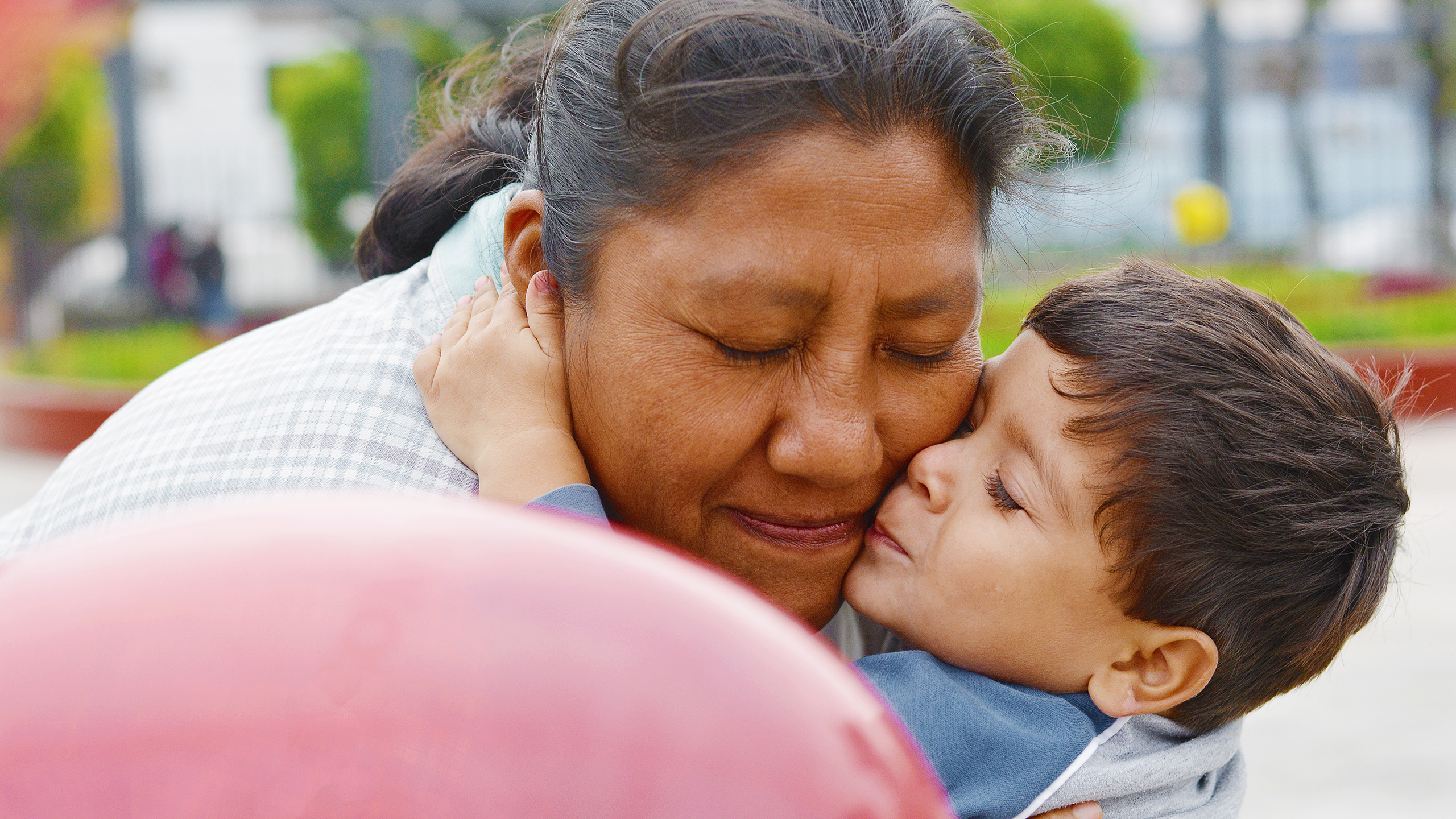As we logged onto this webinar, we were greeted by the sights and sounds of Frank Waln’s “My Stone.”
All webinars should start with a music video this rousing. The occasion? The Haaland v. Brackeen case currently before the Supreme Court, which threatens to erase the protections established by the Indian Child Welfare Act (ICWA) of 1982. Alliance for Early Success organized the conversation so that advocates could understand the stakes and prepare, if necessary, to push for measures at the state level. (Disclosure: I have done some freelance writing for the Alliance.)
Here are our takeaways:
1. ICWA exists for a reason. Olga Gonzalez, executive director of Cultivando, provided a capsule history of ways that the United States has treated natives as expendable. She described the courage of Hatuey, who has been called “the first prominent freedom fighter of the Americas,” and the tragic myth of La Llorona, the weeping mother.
For decades, federal and state government agencies took children away from Native American families and sent them to live in boarding schools, where they were cut off from linguistic roots and the extended family, elders and community that conveyed cultural values.
Officials also facilitated widespread adoption by white families. A 1975 report by the American Academy of Child and Adolescent Psychiatry found, “One of every nine Indian children are in foster homes, adoptive homes, institutions or boarding facilities. Indian children in these states are withdrawn from their homes at a rate of 20 times the national average.”
Gonzalez celebrated indigenous resilience and environmental activism in the face of the colonial mentality of the past and present. “May our work be our prayer,” she stated.
👉 Listen to “This Land” podcast with Rebecca Nagle
2. ICWA is the gold standard. Federal legislation “to protect the best interest of Indian children and to promote the stability and security of Indian tribes and families by the establishment of minimum Federal standards for the removal of Indian children and placement of such children in homes which will reflect the unique values of Indian culture” came into being 40 years ago.
Jack Trope, senior director of the Indian Child Welfare Program, Casey Family Programs, described the tenets behind ICWA and summarized research findings that keeping families together is in their best interest and that removing children causes trauma. “You help the child,” he said, “by helping the family heal from generational trauma.”
The extended family and tribal network, along with cultural and spiritual traditions, constitute protective factors. Kinship placements, he maintained, are more stable and less disruptive than placements outside tribes, reducing behavioral problems and mental health issues.
👉 Read more: https://www.casey.org/icwa-gold-standard/
3. ICWA is not always upheld the way it was intended. As with any law, implementation matters as much as what the words say. The ways that ICWA is interpreted and put into practice varies. “Setting the Record Straight,” a 2015 publication by the National Indian Child Welfare Association, identifies such hazards as gaps in training and misapplied standards about who qualifies as well as lack of data and willful ignorance.
A 2021 Nebraska Law Review paper zeroes in on how states interpret or misinterpret the “existing Indian family” exception. Media attention around Haaland v. Brackeen has allowed misleading opinions to proliferate.
Larissa Littlewolf (associate director, Tribal Training and Certification Partnership, University of Minnesota Duluth) urged better training of state administrators as well as K-12 history education that acknowledges prejudice. “If you’re talking Native issues,” she said, “you should have Native people around the table.”
👉 Discover University of Minnesota-Duluth’s “Protect ICWA” Resources
4. The foster system as a whole has moved in the direction that ICWA pioneered. As Trope observed, the biggest irony of the move to revisit ICWA is that advocates across the country are pushing for changes in the foster care system (also known as child welfare or child protective services) that would secure protections similar to those in ICWA.
The Center for the Study of Social Policy, for example, calls for “redirect[ing] resources to make help available within communities so that families can get assistance where they live, stay safely together and avoid unnecessary separation through foster care.” (Italics added).
👉 “Invest in Families Instead”: A Renewed Call to Divest the Child Welfare System
5. Some states have passed their own versions of ICWA. California, Iowa, Michigan, Minnesota, Nebraska, New Mexico, Oklahoma, Oregon, Washington, Wisconsin and Wyoming have comprehensive Indian Child Welfare laws that complement or refine federal law. Legislation is pending in Colorado, Montana and North Dakota.
Dawn Gray, managing attorney, Blackfeet Nation, said that ideally, the state laws are written in a way that enshrines tribal values. She explained that tribes are familiar with each other’s processes. “This network,” she said, “helps children wherever they are in the state.” Whether the federal law is partly or fully overturned, Littlewolf recommended, “Get to know the tribes in your state. Find out how to be an ally, an advocate. Those conversations lead to action.”

Mark Swartz
Mark Swartz writes about efforts to improve early care and education as well as developments in the U.S. care economy. He lives in Maryland.



